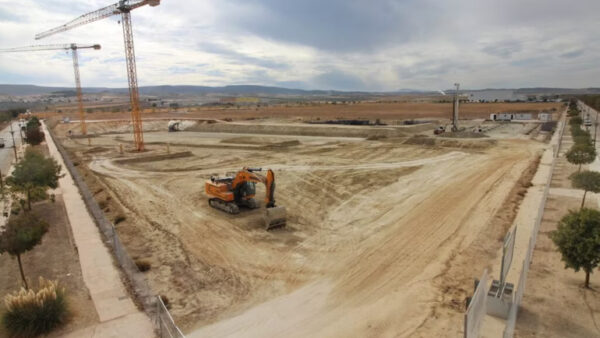A new, Danish architecture prize for the best new library in the world has gone to one in Australia.
The Craigieburn Library in Hume City, Victoria, designed by architect Francis-Jones Morehen Thorp, impressed judges with its strong visual impact and the sense of belonging it imparts to a diverse community.
And more than just housing stacks of books, it also squared up to the digital information age.
The Public Library of the Year Award 2014, set up by the Danish Agency for Culture and sponsored by Danish architecture firm, schmidt hammer lassen architects, was announced at the annual meeting of International Federation of Library Associations and Institutions in Lyons, France this month.
Four libraries – from England, Australia, the Netherlands and Denmark – were nominated, but Craigieburn won. Judges said it had a “strong, recognizable architectural concept”, and that, with its open and flexible space, “the library creates a democratic meeting place, open to diversity and interaction”.
They also said it was a good example of a city using a library “to create a sense of belonging for all demographic groups as both a learning centre and a gathering place”.

The Craigieburn Library in Hume City, Australia, has won the new Public Library of the Year Award
The people of Hume seem to agree. According to the architect, in the first three weeks of operation, the library attracted 16,877 visitors, signed up 406 new library members, loaned 23,923 library items and hosted 58 events.
The committee of judges concluded that “the new library building is a brilliant and dynamic platform for the future development of living culture and knowledge and the good life in the city of Hume.”
Sustainability featured in the design. External louvres provide relief from the sun and big, double glazed windows let in natural light. The use of timber and locally-source rammed earth minimised the use of chemical coatings.
The award is a part of the Model Programme for Public Libraries project of the Danish Agency for Culture and Realdania, which has motivated municipalities to develop the library of the future, so that it is prepared to incorporate, among other things, digital developments and local culture and accommodate diverse population groups with an open and functional architectural expression in balance with its surroundings.
Learn more here.






